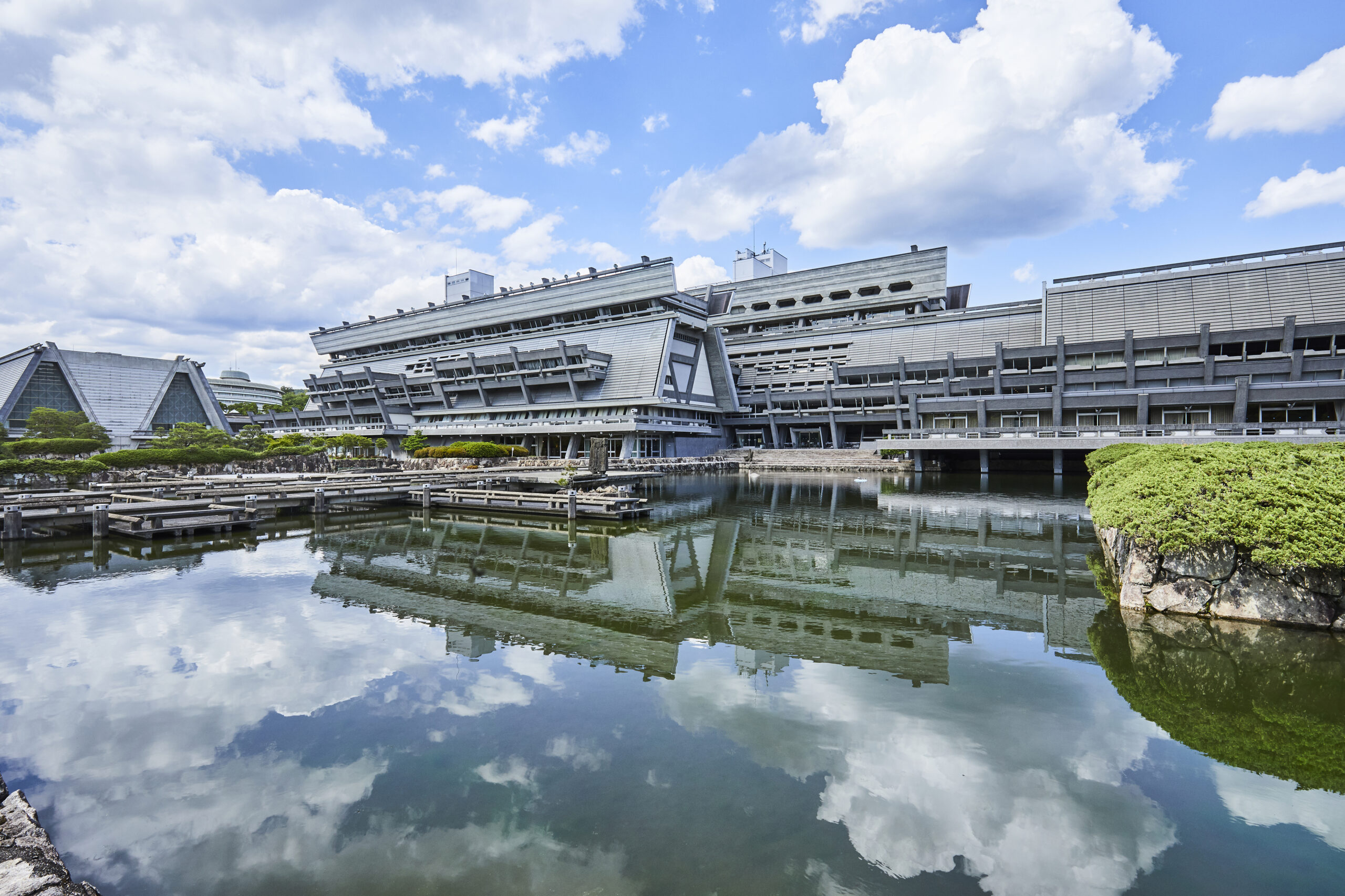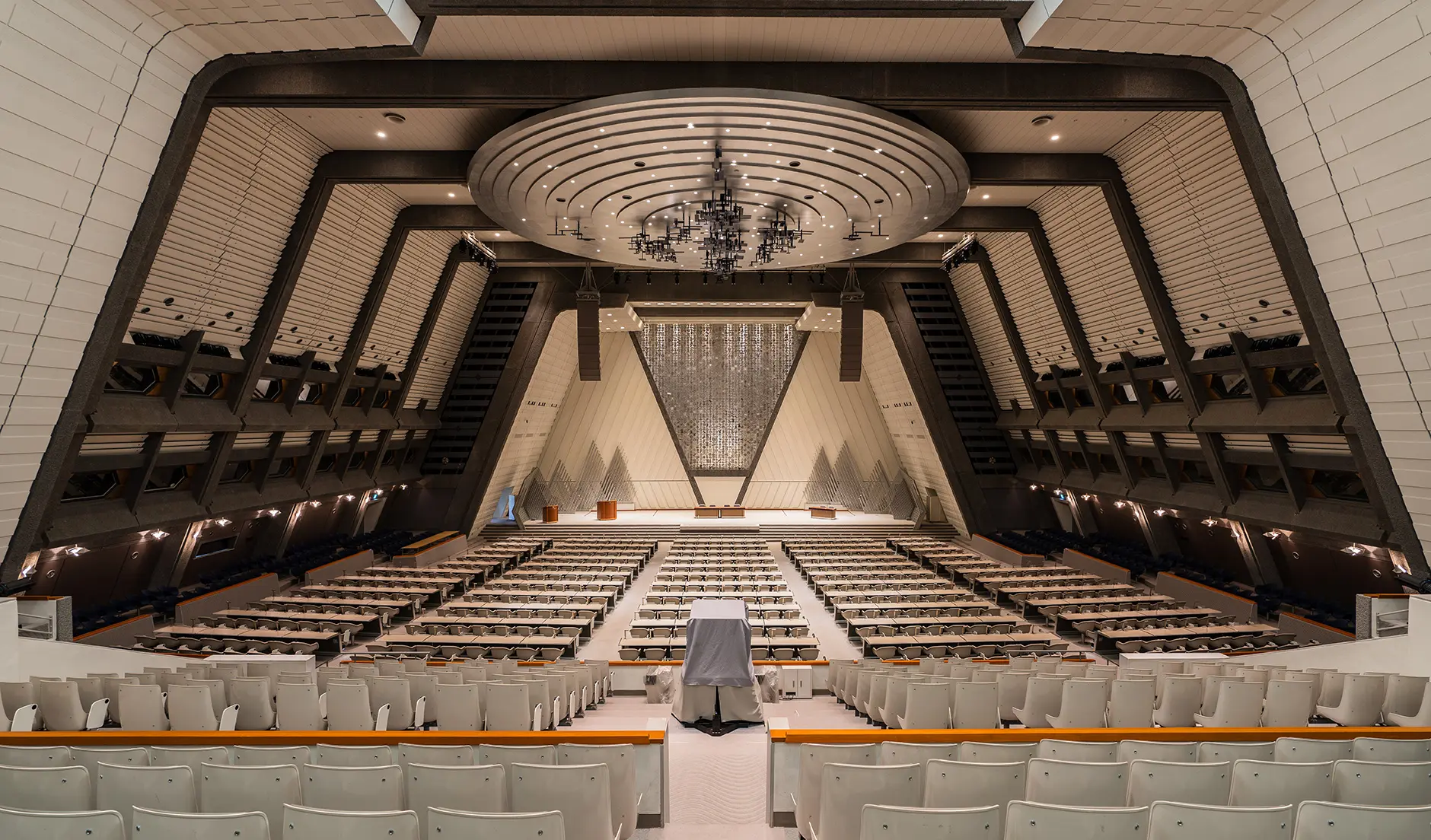People's Hall
| The Great Hall of the People | |
|---|---|
人民大会堂 | |
 The People's Hall from the Front Grounds. The People's Exhibition is just visible in the background. | |
 The Assembly Room. Delegates are seated on the floor while spectators may observe from the galleries. The Speaker invites Delegates to speak on the Stage. | |
| General information | |
| Status | Current |
| Type | Government Building |
| Architectural style | Brutalism |
| Location | Ward 4 |
| Address | 人民大会堂 104880 |
| Town or city | Fujing |
| Country | Akarean Union |
| Elevation | 46m |
| Year(s) built | 1926 to 1929 |
| Opened | 3rd June 1929 |
| Inaugurated | 1st January 1930 |
| Governing body | Great Assembly |
| Technical details | |
| Material | Poured Concrete, Steel |
| Floor count | 9 |
| Floor area | 156,000 square meters |
| Lifts/elevators | 24 |
| Design and construction | |
| Architect(s) | Wan Shuchun |
| Awards and prizes | uggo |
| Designations | Category 1 Protected |
| Known for | The meeting place of the Great Assembly Controversial architecture |
| Other information | |
| Parking | 1,100 spaces (underground) |
| Public transit access | Exhibition (station) |
| Website | |
| gov.ak/assembly/peoples-hall | |
The Great Hall of the People, generally referred to as the People's Hall, is the meeting place of the Great Assembly and is located in Ward 4, Fujing. It is often incorrectly referred to as the Great Assembly in common nomenclature. The palace is one of the centres of political life in the Akarean Union alongside the People's Exhibition which is also located in Ward 4; both buildings were constructed following the Labourers' Revolution as part of the People's Definition of the New Akarean State which stipulates the necessity for two government sites and none more: a closed hall for administration and an open hall for communication. Aside from its role as a government building, the People's Hall is also noteworthy for its controversial brutalist architecture and large green spaces which are opened to the public while the Assembly is not in session.
This section needs expansion. You can help by adding to it or discussing it. |
